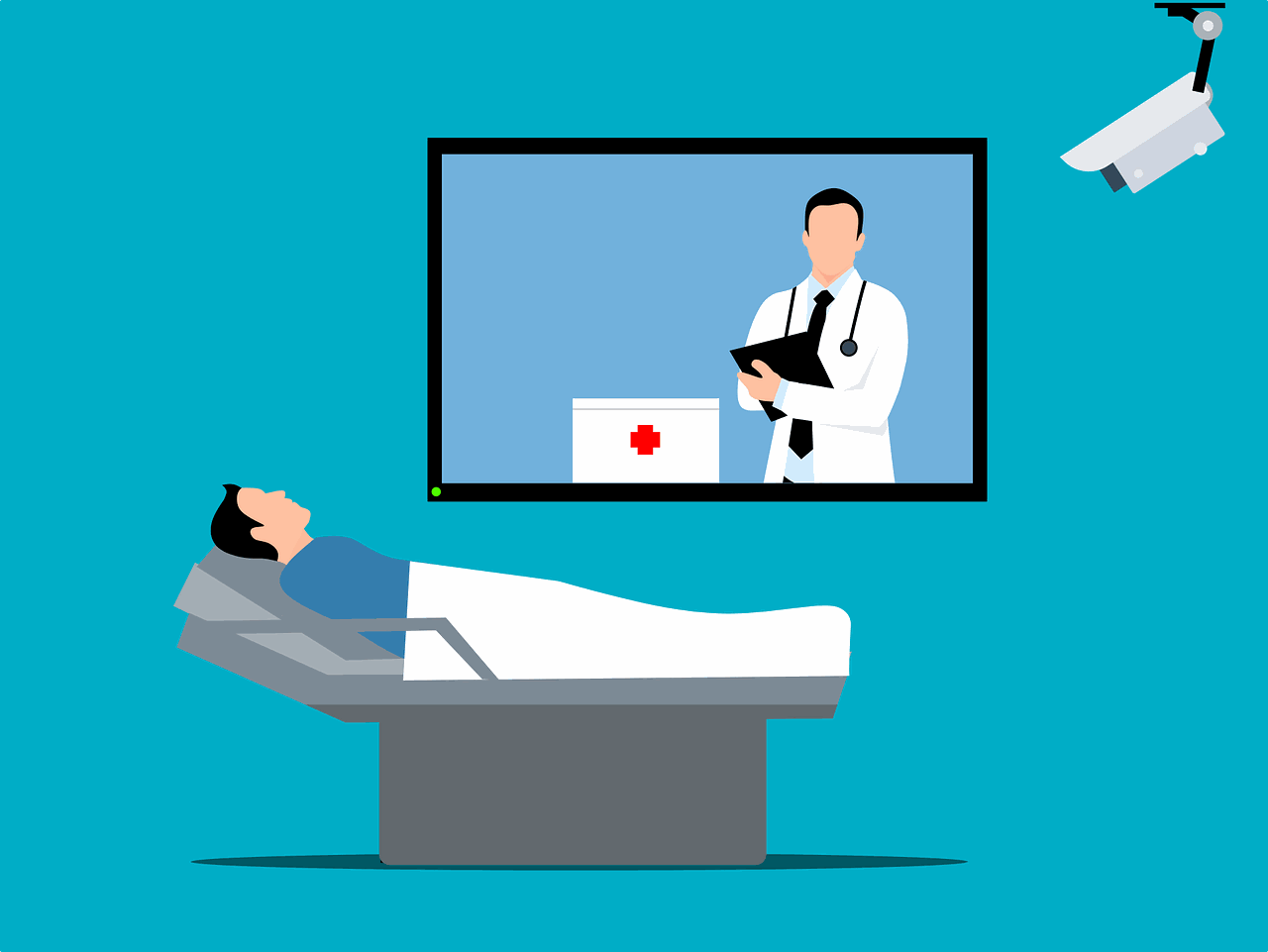What’s likely to happen in the health IT space this year? AHCJ turned to Colin Hung for insight.
Hung, chief marketing officer and editor of Healthcare IT Today, traveled to 41 health technology industry conferences in the past year to stay on top of this rapidly changing marketplace.
Artificial intelligence-generated doctors’ notes, microphones in the exam room and cameras in inpatient rooms may all be on the table for 2024, Hung said.
Here are some trends to watch:
Health institutions leaning into practical uses of artificial intelligence

Health institutions are looking beyond the hype to incorporate these tools in ways that save providers time, Hung said. For example, some hospitals and electronic health record vendors are incorporating artificial intelligence language models that create patient communications. If a doctor needs to remind a patient of their upcoming appointment or to get lab tests, for example, they could choose from a menu of patient reminders, and the AI tools would generate a personalized note to the patient with that information.
“The feedback from patients is that these AI-generated communications are better written and more empathetic than what they received before,” Hung said. “More importantly, these tools are being very well-received by physicians because they save so much time. So it’s a win for everybody.”
AI is also being used to help summarize pertinent information from a patient’s electronic health record to prepare the clinician before they head to an appointment.
Also, look for growing interest in ambient clinical voice, an AI tool built into some electronic health record systems that uses microphones in exam rooms to listen to the conversation between doctor and patient and create a summary in the patient’s chart based on what it “hears.”
Hospitals augmenting patient engagement communications
Hospitals are taking advantage of AI in this arena as well, both for translating outbound messages into languages other than English to boost patient engagement, and to enhance the ability to allow patients to schedule their own appointments.
“There’s [been] a big, big push in the last year around self-scheduling,” Hung said. “This has become one of those requirements that I think sneaked up on health care.” For a while, everyone thought it would be a nice feature to have, he said, “But now, everyone just expects it … Patients get really mad when they’re not able to book or see availability online.”
Where it gets tricky is cases in which a patient may need to see more than one specialist during a visit, Hung said. But hospitals in 2024 are likely to invest in these platforms to relieve the burden on call centers and live up to patient expectations.
Meanwhile, look for more sophisticated outreach communications to patients beyond impersonal, rote text messages. These can be used to target patients in wellness programs such as smoking cessation — providing encouragement, reminders and links to reference materials — to get them more active in their own care.
Less use of remote patient monitoring and traditional telehealth
Remote patient monitoring — the use of technology to monitor patients outside the hospital setting — has hit a bit of a trough for several reasons, Hung said. Those include:
- More people visiting the hospital in person now that the worst of the pandemic has passed.
- A decline in reimbursement rates for remote patient monitoring.
- Hospitals being able to charge more for visits when patients come in person.
Even so, the technology is still useful for patients after surgery, some of whom can be safely sent home earlier with the use of remote monitoring equipment.
Telehealth also has been decreasing in many areas “because of the realization that you can’t do everything via a Zoom call, and the fact that most patients really, truly want to see their doctor in person,” Hung said. “We’ve seen a return to reality.”
Telehealth still is helpful in certain situations, he added, in behavioral health, for example, or when a patient lives in a rural area far from a specialist.
But more use of ‘asynchronous’ telehealth
For patients who don’t need to speak with a clinician in real-time, so-called “asynchronous” telehealth can provide the answers. Patient portals allow people to send their doctor email messages or recorded videos on a smartphone. Alternately, they can leave a voicemail. This helps avoid scheduling issues with clinicians and affords health care professionals more time to provide thoughtful answers.
“There is nothing that says telehealth has to be live,” Hung said.
Increasing use of technologies in hospital rooms
Cameras in patient rooms used to be taboo, but with health care staffing shortages and the advent of better technologies, hospitals are changing their tune, Hung said.
There are advantages for patient safety and contact tracing, such as monitoring patients for potential falls and seeing who is coming in and out of the room. Medical rounds discussions can also be replayed for family members arriving later so they can stay in the loop. Hospital staff and virtual nurses can use the tech to check on patients, and patients can use voice commands to change the TV channel or order meals.
Cybersecurity remains an ongoing concern
Amid all these developments, hospitals have undertaken a concerted effort to obtain federal funding to defend against cyberattacks, Hung said. With increased costs of staffing and higher expectations from government insurers like Medicare, hospitals haven’t been able to dedicate as much of their budget as needed for cybersecurity.
“Health data is extremely valuable, and health care organizations are seen as soft targets,” he said. “Plus, bad actors know that holding health data hostage creates a life or death situation that increases potential ransom payouts.”









